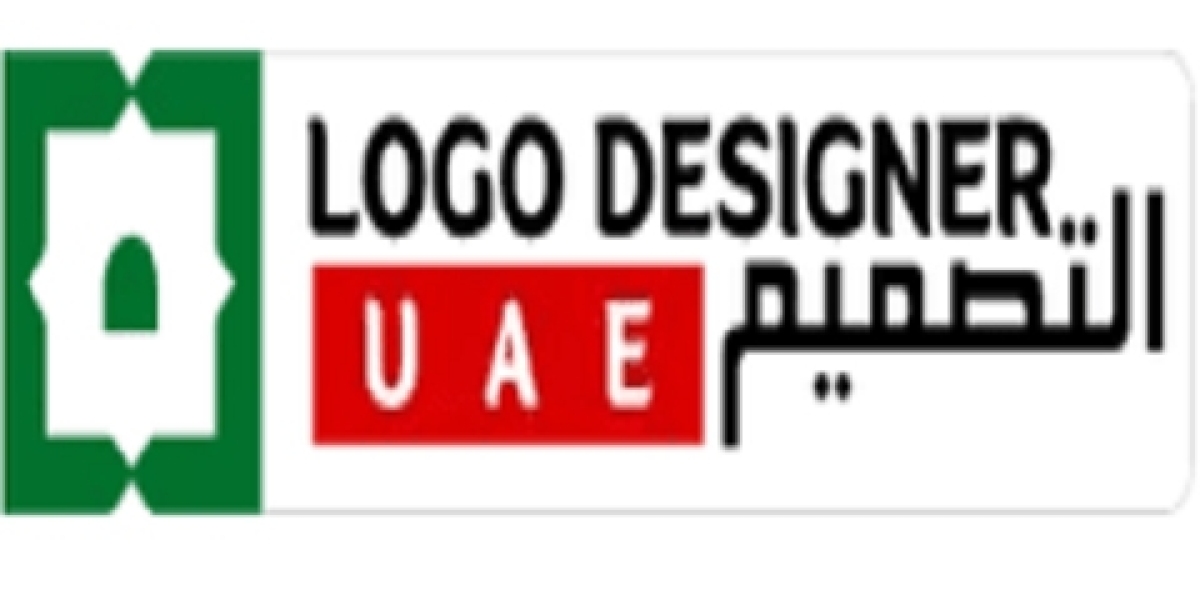Introduction to Icon Design
In today's digital landscape, icons serve as visual shorthand for complex ideas. They are essential tools for communication, branding, and user experience. This blog explores the nuances of icon design and its impact on branding and usability.
Why Icons Matter
Icons are not just decorative elements; they play a crucial role in enhancing user experience. They can:
- Simplify Navigation: Icons help users navigate websites and applications more intuitively.
- Enhance Recognition: Well-designed icons can improve brand recognition and recall.
- Convey Messages Quickly: Icons can communicate ideas faster than text, making them essential in our fast-paced world.
Key Principles of Icon Design
1. Simplicity
Simplicity is paramount in icon design. A good icon should be easily recognizable and convey its message at a glance. Avoid unnecessary details that can clutter the design.
2. Consistency
Consistency in style, color, and size across all icons is crucial. This helps create a cohesive visual language that strengthens brand identity.
3. Scalability
Icons should be designed to look good at various sizes. A well-designed icon maintains its clarity and impact whether it’s displayed on a mobile screen or a billboard.
4. Contextual Relevance
Icons should be relevant to the context in which they are used. Consider the audience and the message you want to convey when designing your icons.
The Process of Icon Design
Research and Inspiration
Begin by researching existing icons within your industry. Gather inspiration from various sources to understand trends and user preferences.
Sketching and Prototyping
Start with rough sketches to explore different ideas. Once you have a few strong concepts, create digital prototypes to visualize your designs.
Feedback and Iteration
Share your designs with peers or potential users to gather feedback. Use this input to refine your icons and ensure they resonate with your target audience.
Finalization and Implementation
Once you’ve settled on a design, finalize the details and prepare the icons for implementation. Ensure they are optimized for different platforms and devices.
Tools for Icon Design
There are several tools available for icon design, including:
- Adobe Illustrator: A powerful vector graphics editor widely used for creating icons.
- Sketch: A design tool favored by UI/UX designers for its ease of use and collaborative features.
- Figma: A cloud-based design tool that allows for real-time collaboration and prototyping. - Professional Services: You can hire professional icon design services by logodesigner.ae for better results.
Trends in Icon Design
Staying updated with the latest trends is essential for creating modern and relevant icons. Some current trends include:
- Flat Design: Minimalistic icons with solid colors and no gradients.
- Line Icons: Simple, outlined icons that offer a clean and elegant look.
- 3D Icons: Adding depth and dimension to icons for a more dynamic appearance.
Conclusion
Icon design is a vital component of branding and user experience. By understanding its principles and processes, you can create impactful icons that enhance communication and elevate your brand. Embrace the art of icon design and watch your brand's identity flourish.









